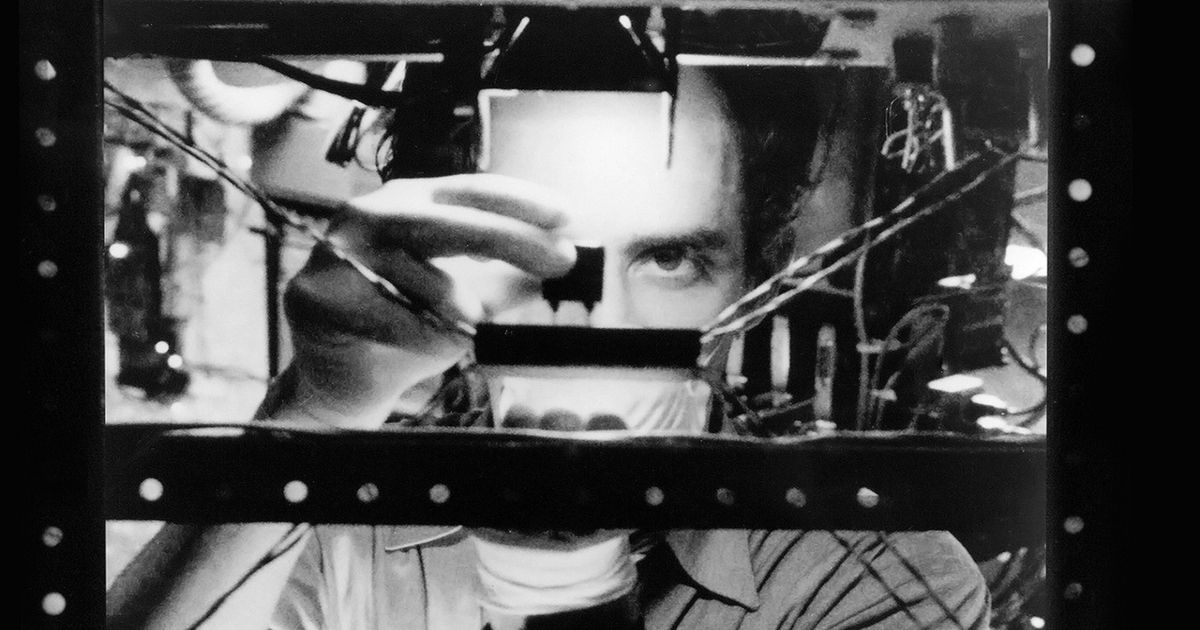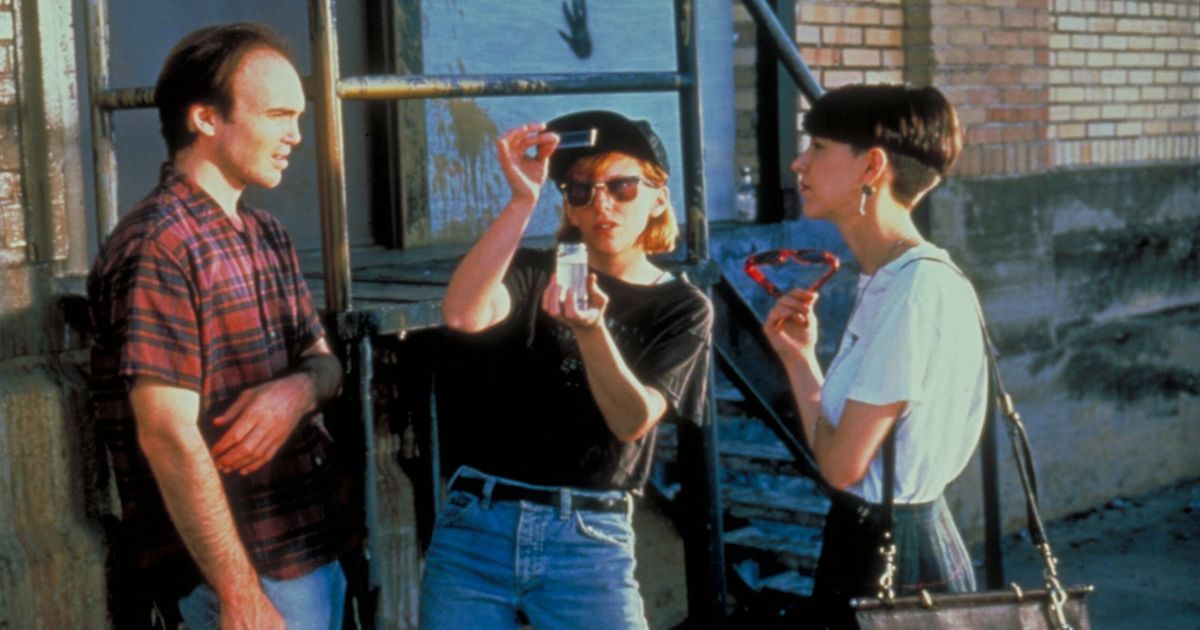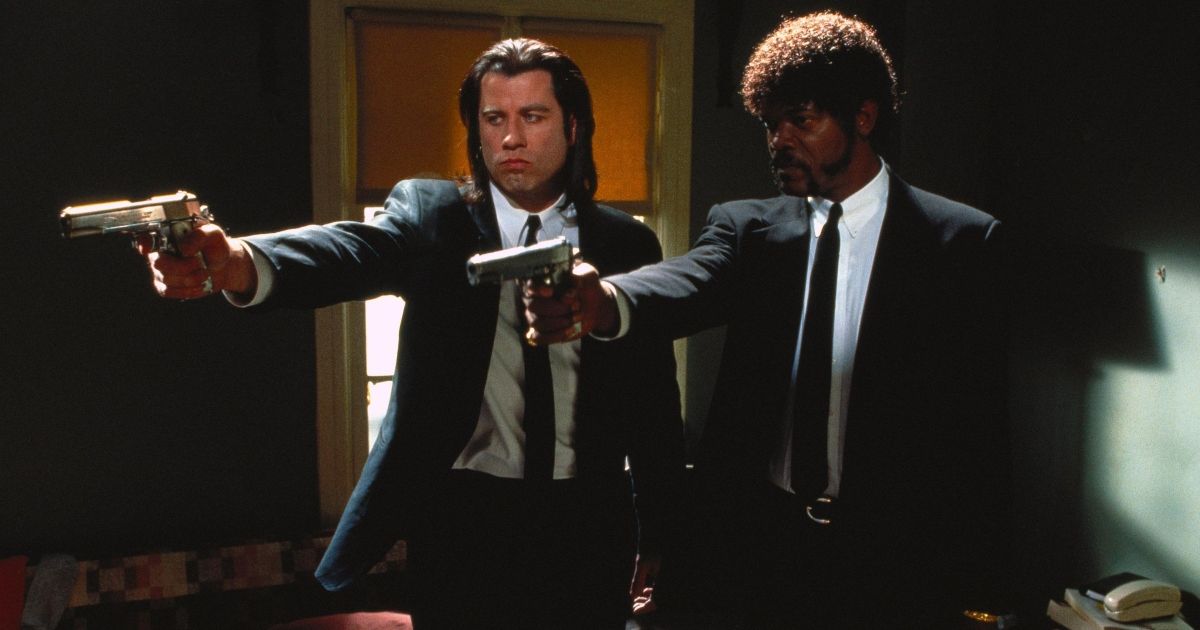The term independent film, or ‘indie’ movie, tends to get thrown around a lot without any explanation. Indie movies get this label with seemingly no reason why, especially if you don’t know what the term means. It seems that any movie could be an indie film if it has a certain style or appeal, regardless of its genre or who stars in it. While some well-known actors could be in an indie movie, it’s more likely you’ll see lesser-known actors, or even actors no one has seen before.
In a world focused on franchise culture, independent cinema becomes harder to find success. Not all indie movies are just those not many people have heard of — when the fans aren’t focused on the next Star Wars or Marvel movie, indie movies have the chance to become extremely popular. Well-known movies such as The Blair Witch Project, Academy Award winner Get Out, and winner of the Best Picture Oscar Parasite are all technically indie movies, just to name a few of the many out there. If you don’t know how indie films are labeled, read the rest of the article below to find out how they qualify, and consider supporting them the next time you see one coming out.
Indie Movies Aren’t From Major Film Studios
There are basically only five big film studios in America. It’s hard to find a major, internationally released film that isn’t produced and/or distributed by one of them. And it’s almost guaranteed you know them as soon as they are said: Universal Pictures, Paramount Pictures, Warner Bros. Pictures, Walt Disney Pictures, and Colombia Pictures. 20th Century Fox used to be the sixth, but after its deal with Disney, it is now a part of them. These masive corpporations run the majority of the industry, and you don't usually see indie movies coming out of them.
Independent film studios are the ones who make these independent films. These film studios aren’t necessarily every other studio that isn’t one of the big five, however. For example, New Line Cinema still frequently produces movies, but it was absorbed by Warner Bros., so they are now considered a subset of that company. Some examples of recognizable independent studios (at least for now), however, are A24 and Miramax.
Some great films produced by A24 have been popular recently, including Lady Bird and Moonlight, but with the way it's going, it may become part of the major corporate studios. Miramax produced many indie films before the studio began to pass through the hands of several bigger studios as it was bought out. However, they produced films like Pulp Fiction and Good Will Hunting that definitely left an impact on the world.
They Usually Have Lower Budgets
When Disney lines up massive budgets of hundreds of millions of dollars, it’s because they have enough money to do so. Most independent film studios don’t have billions of dollars in their pockets, so they have to stick to a tighter budget. Some studios may have money they made off of their last feature to put into the next, others may take out loans and hope to make enough money off of the movie to pay it back, and others still may try to use crowdfunding. With popular sites like Kickstarter, anything is possible with enough people backing a project.
As these movies have lower budgets, they tend to be seen as lesser movies when compared to those by the big studios. They can’t always go all out with their visual effects and keep the actors in front of a green screen the entire time, and they can't usually afford big name stars. Because of this, indie movies have to become more creative to figure out how to film what they want with the budget they have, so they tend to look different from what we expect, and are often much more creative than movies from big studios, where dozens of producers and studio heads interfere with the creative process.
The Definition of Indie Movies is Constantly Changing
One of the biggest reasons it's so hard to pin down an exact explanation for an indie movie is that the term is constantly changing. There’s no doubt its original meaning was inherently financial, but over time and through growing subcultures (and the increasing popularity of film festivals like Sundance and SXSW), the term became more synonymous with a genre of its own. Large movie studios tended to be pickier about what they were willing to spend money on, so often, the movies that were ‘different’ were the ones which were produced by the independent studios. No two indie movies were alike, because it let the filmmakers explore their own style and tell the story exactly the way they imagined it. 'Indie' had a too-cool-for-mainstream-school appeal.
In today’s terms, however, the definition is a lot harder to pinpoint. More and more studios are either being bought out or are consolidating together, meaning less truly independent studios exist out there. Many new directors see indie movies as a chance to pursue their own creativity, while larger influencers might see independent films as lesser pieces, where these directors are hardly being recognized and are just waiting for a big studio to sign them a deal. Even film festivals around the world don’t have a single definition of the term, showcasing movies of all genres, budgets, and studios, and still lumping them together.
Maybe the because aspect of the obsolescence of 'indie' as a concept is the digital age. With YouTube, downloading, and streaming, content can be easily spread to the masses without gigantic studios. Something that's financially 'indie' can be viewed 80 million times on YouTube, and the fact that everyone has a camera in their pocket these days (with their cell phones) means that everyone is ostensibly an indie filmmaker. If the film industry and culture keep going the way they are today, the term may not even exist for much longer, with nothing to distinguish it.




